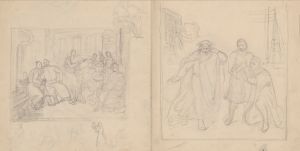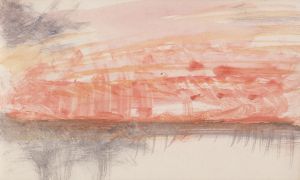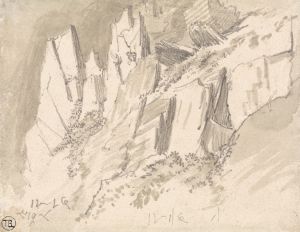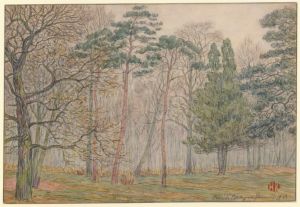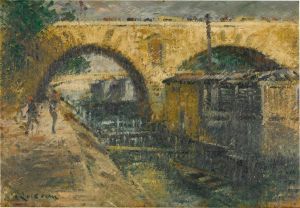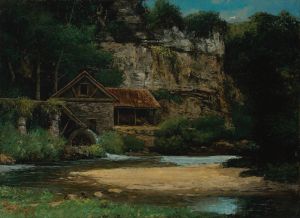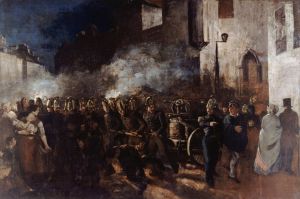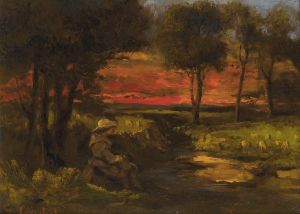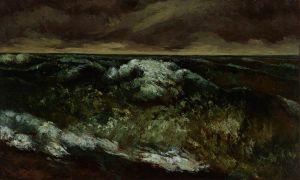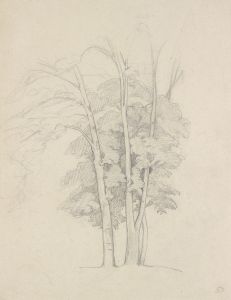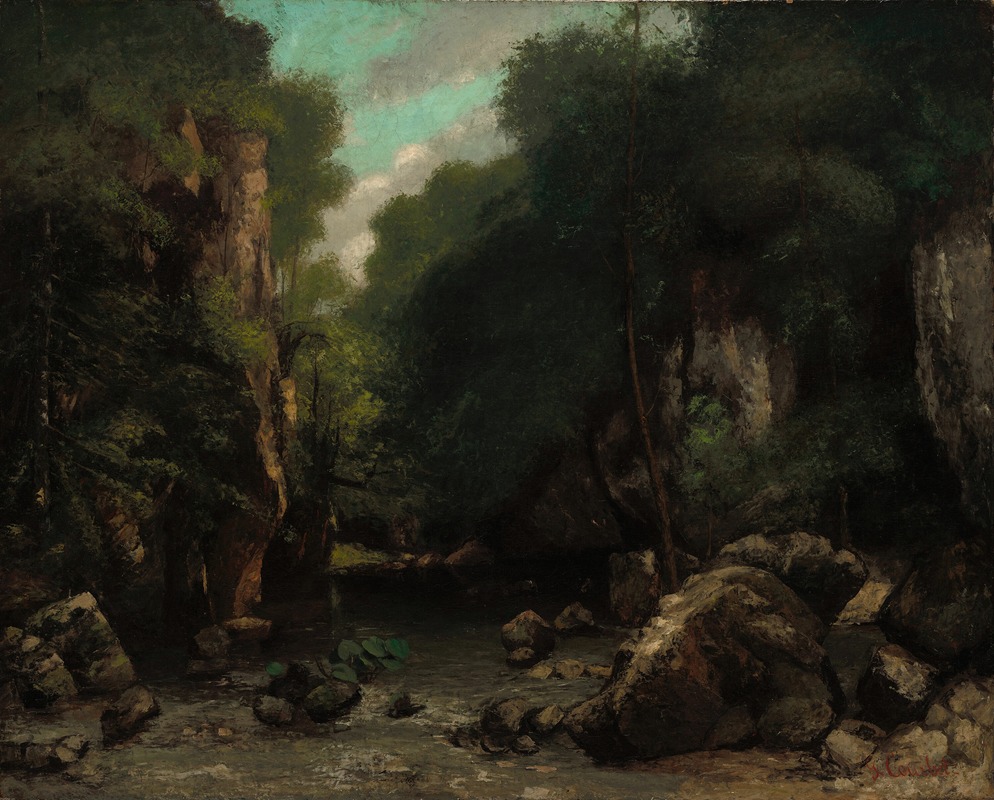
The Valley of Les Puits-Noir
A hand-painted replica of Gustave Courbet’s masterpiece The Valley of Les Puits-Noir, meticulously crafted by professional artists to capture the true essence of the original. Each piece is created with museum-quality canvas and rare mineral pigments, carefully painted by experienced artists with delicate brushstrokes and rich, layered colors to perfectly recreate the texture of the original artwork. Unlike machine-printed reproductions, this hand-painted version brings the painting to life, infused with the artist’s emotions and skill in every stroke. Whether for personal collection or home decoration, it instantly elevates the artistic atmosphere of any space.
Gustave Courbet, a pivotal figure in the 19th-century Realist movement, is renowned for his commitment to painting the world as he saw it, eschewing the idealized representations that dominated the art world of his time. One of his notable works, "The Valley of Les Puits-Noir," exemplifies his dedication to capturing the natural beauty and ruggedness of the French landscape.
"The Valley of Les Puits-Noir" is a landscape painting that showcases Courbet's mastery in depicting the natural environment with a sense of realism and immediacy. The painting portrays a secluded valley, likely inspired by the Jura region in eastern France, where Courbet spent much of his life. This area is characterized by its dense forests, rolling hills, and dramatic rock formations, elements that Courbet captures with meticulous attention to detail.
In this painting, Courbet employs a rich palette of earthy tones to convey the lushness and depth of the valley. The use of light and shadow is particularly striking, as it highlights the textures of the rocks and foliage, creating a sense of depth and three-dimensionality. Courbet's brushwork is both vigorous and precise, allowing him to convey the vitality of the natural world without resorting to the romanticized techniques of his predecessors.
Courbet's approach to landscape painting was revolutionary for his time. He rejected the traditional academic standards that dictated how landscapes should be composed and instead focused on representing the scenes before him with authenticity and honesty. This commitment to realism is evident in "The Valley of Les Puits-Noir," where Courbet captures the raw beauty of nature without embellishment or idealization.
The painting also reflects Courbet's broader artistic philosophy, which emphasized the importance of painting contemporary life and the natural world. By choosing to depict a relatively unknown and unremarkable valley, Courbet challenges the conventions of his time, which often favored grand historical or mythological subjects. Instead, he elevates the everyday landscape to a subject worthy of artistic exploration, encouraging viewers to appreciate the beauty in the ordinary.
"The Valley of Les Puits-Noir" is a testament to Courbet's skill as a painter and his influence on the development of modern art. His work paved the way for future generations of artists who sought to break free from the constraints of academic tradition and explore new ways of seeing and representing the world. Courbet's landscapes, with their emphasis on realism and naturalism, laid the groundwork for movements such as Impressionism, which would further challenge and redefine the boundaries of art.
Today, "The Valley of Les Puits-Noir" is celebrated not only for its technical excellence but also for its role in the broader narrative of art history. It serves as a reminder of Courbet's enduring legacy and his contribution to the evolution of landscape painting. Through his work, Courbet invites viewers to engage with the natural world in a more profound and meaningful way, encouraging an appreciation for the beauty and complexity of the environment that surrounds us.






